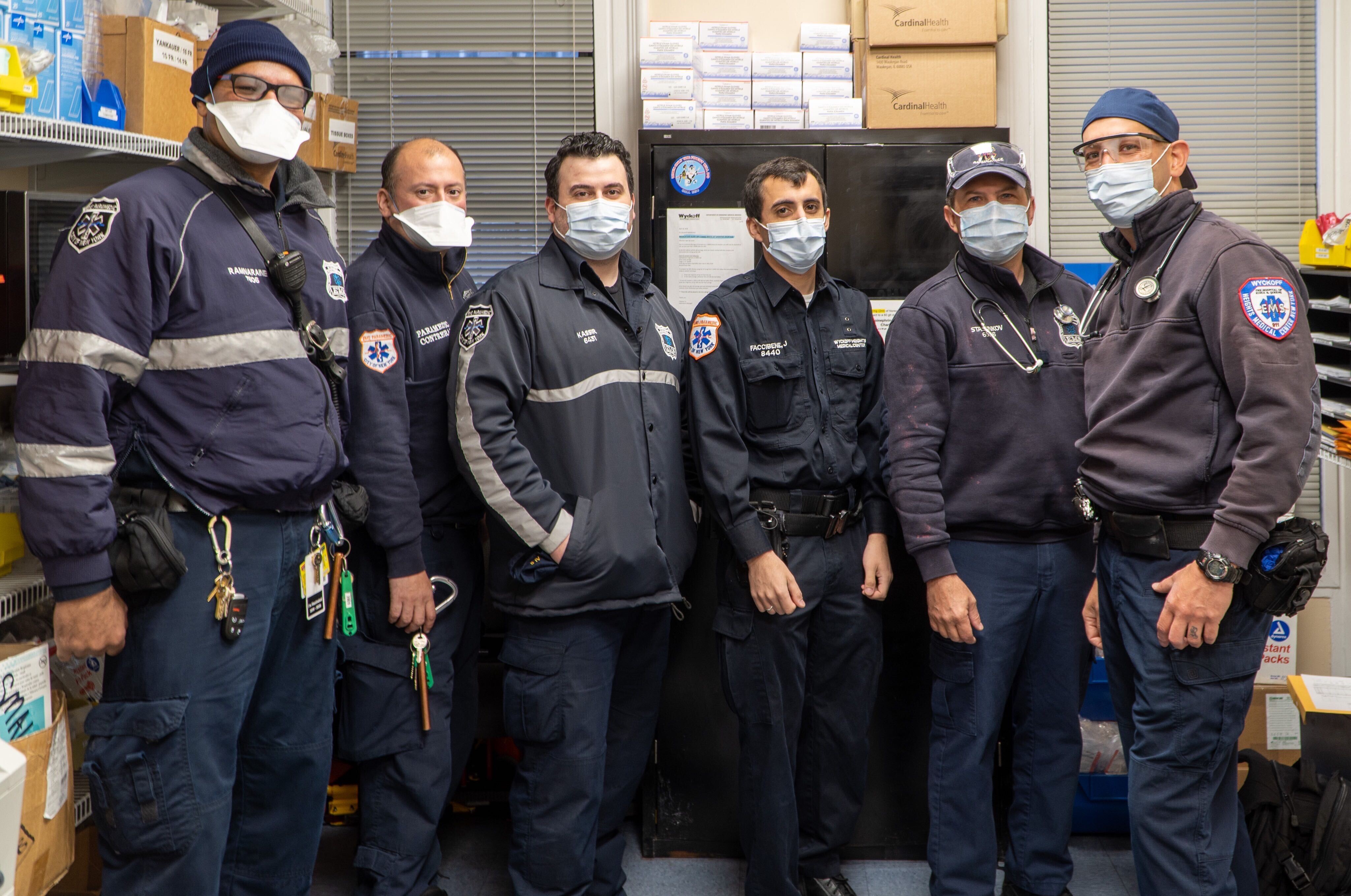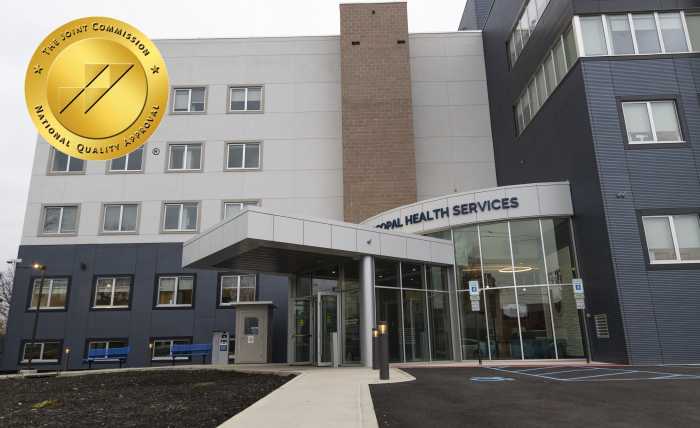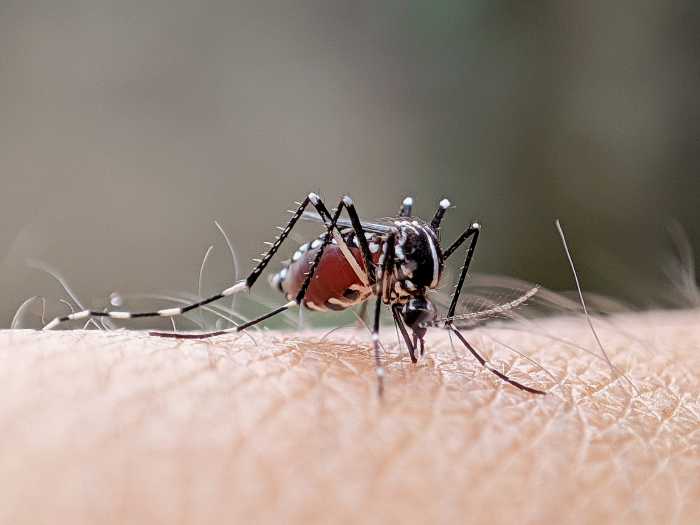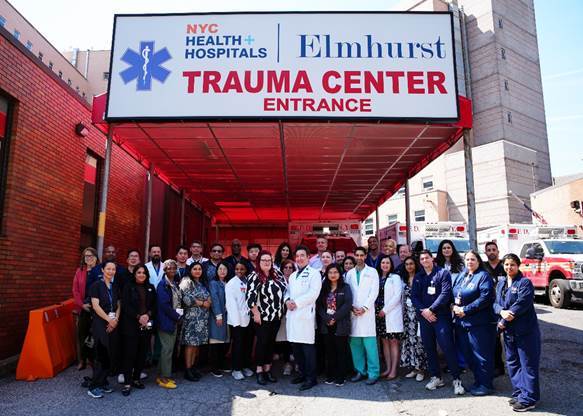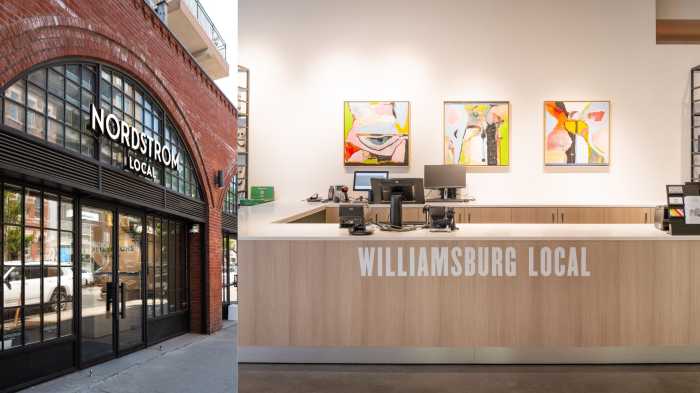As one of the hospitals in the epicenter of COVID-19, Wyckoff Heights Medical Center in Brooklyn continues to treat patients who have tested positive for the novel coronavirus.
“I think without exception, the staff of the hospital has taken on these great challenges head on, and have worked as hard and as much as they can to try to save the lives of all the infected patients,” said Dr. Gustavo Del Toro, executive vice president and chief medical officer of Wyckoff Hospital. “I’m very proud of them. It’s been an incredible effort that most of our staff have put into this.”

The hospital, located at 374 Stockholm St. on the Brooklyn/Queens border, has a dedicated staff of 1,800 physicians, nurses and support personnel care for patients.
Earlier in the year, upon news of a possible coronavirus outbreak in New York City, the hospital began implementing strict measures to protect its employees and preparation to meet the surge of COVID-19 patients, according to Del Toro.
On March 14, the hospital registered its first coronavirus-related death in New York City.
“So far, we’ve had about 1,000 patients admitted to the hospital with COVID or suspected COVID,” Del Toro said. “The influx of patients have slowed down quite a bit, but there are still many patients in the hospital that are extremely ill.”
According to Del Torro, the hospital was operating at more than 100 percent capacity during a five-week period amid the pandemic.
“Our usual capacity is 175 patients and there were days where we had 230 patients in the inpatient unit, while there were another 58 patients waiting for a bed,” Del Toro said.
To accommodate patients with COVID-19-related symptoms, the hospital created new areas of inpatient care and critical patient care in different parts of the building that didn’t exist before March, Del Toro said.
“For example, the pediatric inpatient unit was converted into an adult COVID patient unit with some ventilators,” Del Toro said. “We also shut down our surgeries and medical procedures and completely closed down our ambulatory services.”
Many of those employees were deployed to the medical inpatient care, emergency department and critical care areas.
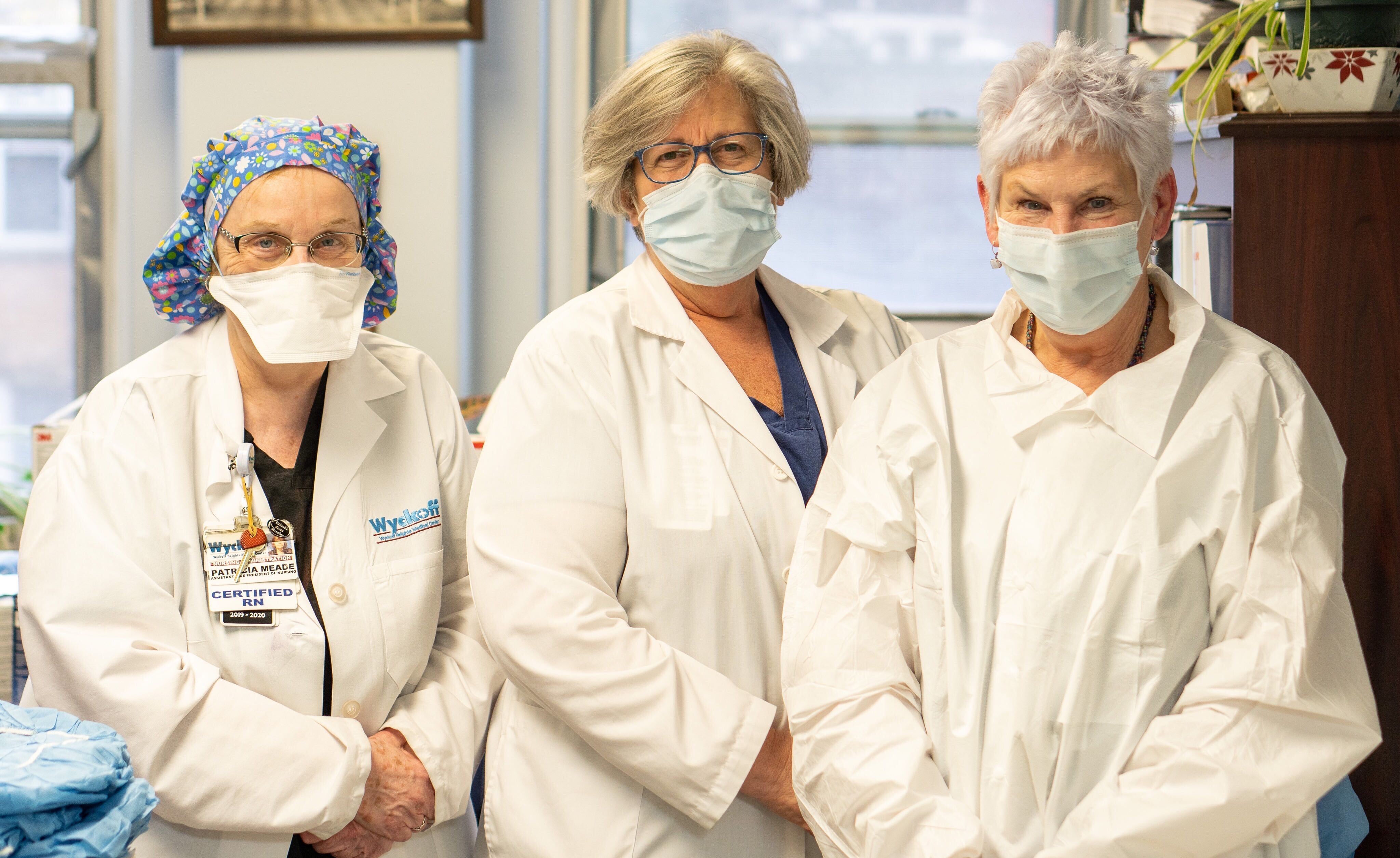
Following a shortage of personal protective equipment (PPE), the hospital has received a stockpile of PPE for its staff, according to Del Toro, and enough ventilators from the state for patients.
As he spends his days helping to make sure that clinical matters in the hospital are running as expected, Del Toro described being on the frontline with his colleagues helping to fight the coronavirus as challenging.
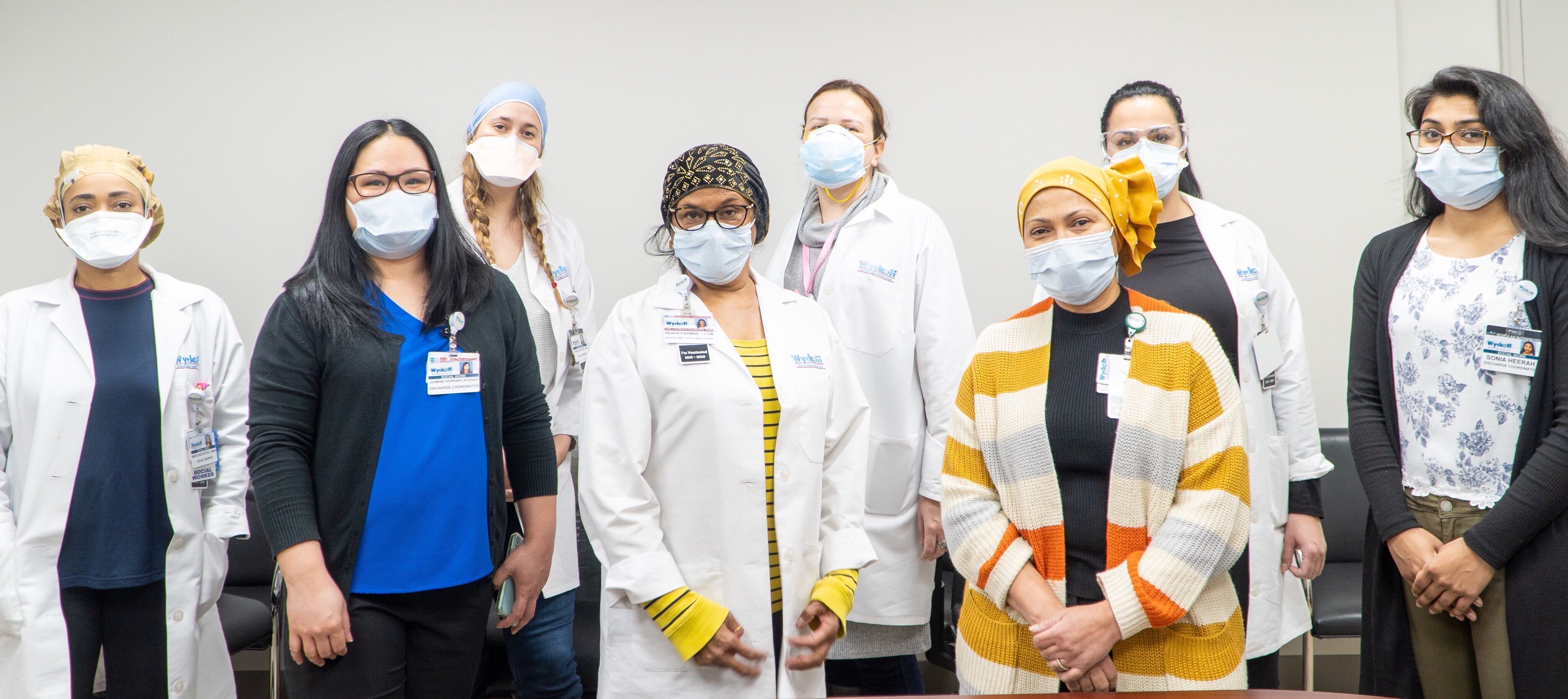
“This is a situation that I haven’t really encountered over a long period of time like that,” Del Toro said. “It was unbelievable and still is.”
In response to the support of community members who have donated meals to the hospital staff, Del Toro said it’s “very much appreciated.”
“Ten days ago we had an entire group of NYPD and FDNY trucks and cars and staff standing outside clapping for us,” Del Toro said. “I’ve never seen that in my life. You feel very appreciated and all of our staff are happy to know the community, and the government at large, appreciates what we have gone through in the epicenter of the disease. We still are, and to get that support is very valuable and it makes us continue to do it every day.”
